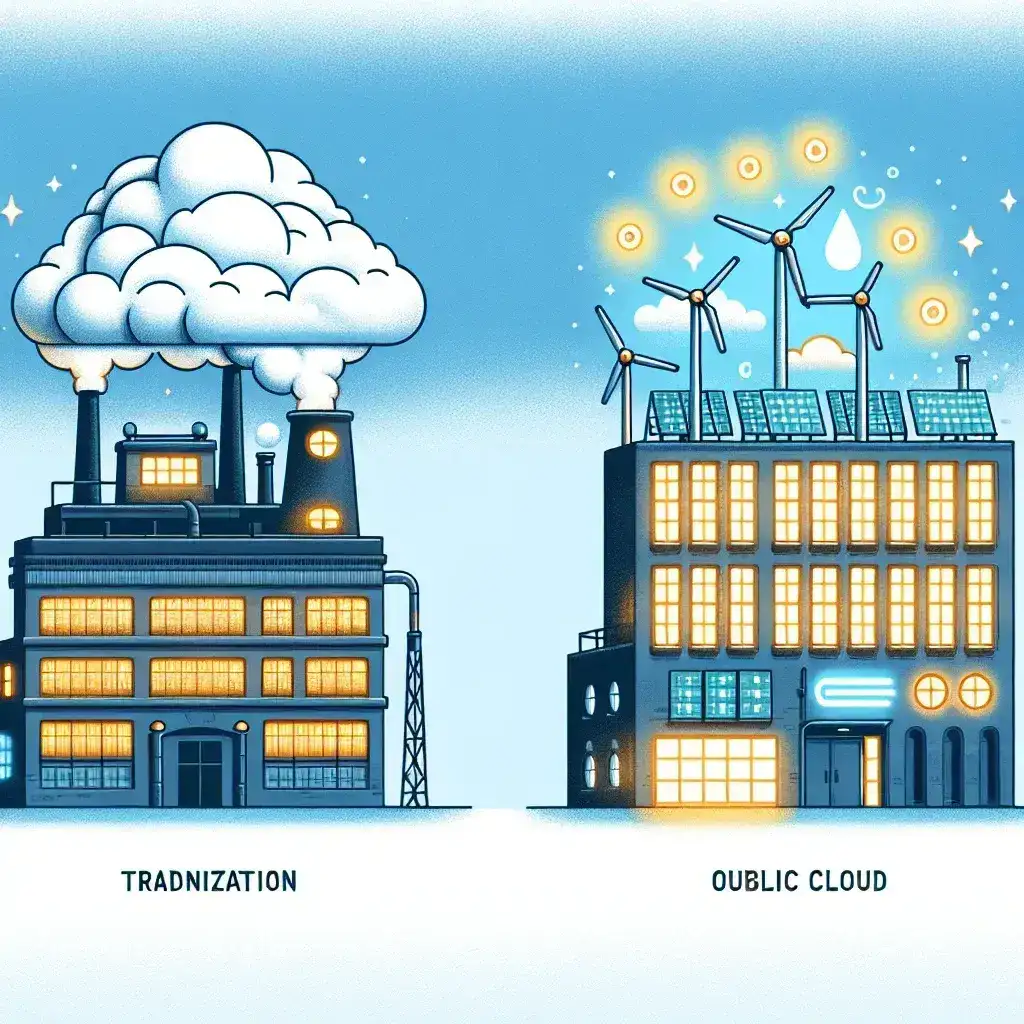Why Public Clouds Can Cut Organization Energy Use by Up to 30 Percent
Introduction
In an era where sustainability is more crucial than ever, organizations are actively seeking innovative ways to reduce their carbon footprint while maintaining operational efficiency. One of the most effective strategies has emerged through the adoption of public cloud services. This article explores why public clouds can cut organization energy use by up to 30 percent, delving into the mechanics behind cloud technology, its impact on energy consumption, and the broader implications for businesses and the environment.
Understanding Public Clouds
Public clouds are computing services offered by third-party providers over the internet. Unlike private clouds, which are used exclusively by a single organization, public clouds are shared among multiple users. This model enables organizations to leverage a vast array of resources, including storage, processing power, and applications, without the need for substantial upfront investments in hardware and infrastructure.
The Energy Efficiency of Public Clouds
One of the standout benefits of public cloud services is their inherent energy efficiency. Here are several reasons why:
- Resource Optimization: Public cloud providers operate large data centers that are optimized for energy use. They utilize advanced cooling techniques, efficient hardware, and automated management systems to ensure resources are used effectively.
- Shared Resources: By pooling resources, multiple organizations can benefit from economies of scale. This reduces the energy consumption per user, allowing for a more sustainable approach compared to individual on-premises servers.
- Dynamic Scaling: Public clouds offer the ability to dynamically scale resources based on demand. Organizations can increase or decrease their resource usage, minimizing wasted energy during low-traffic periods.
Statistics on Energy Savings
According to recent studies, organizations that migrate to public clouds can reduce their energy usage by as much as 30 percent. This is largely due to improved efficiency in data centers and the ability to turn off unused resources. A report by the Green Cloud Initiative suggests that transitioning to cloud services can lead to a significant decrease in the overall energy consumption of IT operations.
Case Studies: Real-World Examples
Numerous organizations have successfully transitioned to public clouds, reaping the benefits of reduced energy consumption:
1. Global Retailer
A global retailer moved their data operations to a public cloud and reported a 35 percent decrease in energy use. This transition not only resulted in lower energy bills but also enhanced their commitment to sustainability.
2. Financial Services Firm
A financial services firm adopted cloud computing for their storage solutions, leading to a 10 percent reduction in energy consumption within the first year. The firm noted that the efficiency of the public cloud’s infrastructure contributed significantly to these savings.
Challenges of Transitioning to Public Clouds
While the benefits of public clouds are compelling, organizations may face challenges during the transition:
- Data Security: Concerns about data security and compliance regulations may hinder adoption. Organizations must ensure that their cloud provider adheres to strict security protocols.
- Integration Issues: Existing systems may require significant modifications to integrate seamlessly with cloud services, posing a challenge for IT teams.
- Cost Considerations: Although public clouds can reduce energy costs, organizations must weigh these against potential migration costs and ongoing service fees.
Future Predictions for Cloud Computing and Energy Use
The future of cloud computing looks promising in terms of sustainability. As technology continues to evolve, public cloud providers are expected to invest in even more energy-efficient practices:
- Renewable Energy Sources: Many cloud providers are committing to using renewable energy sources, leading to further reductions in carbon footprints.
- Advanced AI and Automation: The integration of AI in data centers will enhance efficiency, allowing for smarter energy management and reduced consumption.
- Increased Collaboration: As more organizations recognize the benefits of cloud computing, collaboration between industries and cloud providers will likely lead to innovative solutions for energy efficiency.
Conclusion
In conclusion, the shift to public clouds presents a transformative opportunity for organizations aiming to reduce energy consumption. With statistics showing potential savings of up to 30 percent and numerous case studies highlighting successful transitions, it’s clear that public clouds are not only beneficial for business operations but also for environmental sustainability. As we look to the future, continued advancements in cloud technology will further enhance these benefits, making public clouds a crucial component of organizational strategies focused on energy efficiency and sustainability.
Call to Action
Organizations looking to cut energy use and enhance their sustainability practices should consider exploring public cloud solutions as a viable option. Embracing this technology not only supports operational goals but also contributes to a greener future for all.

